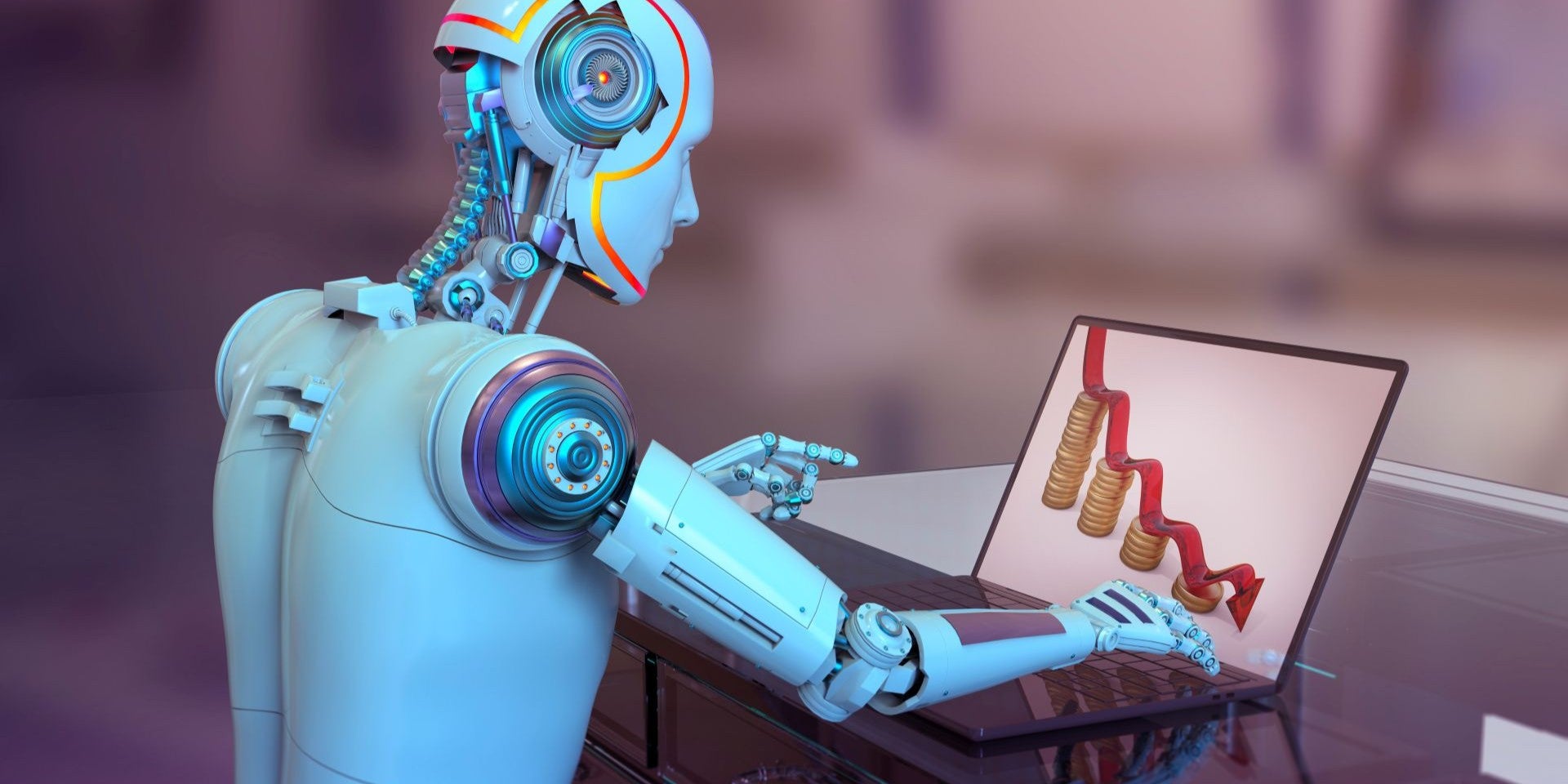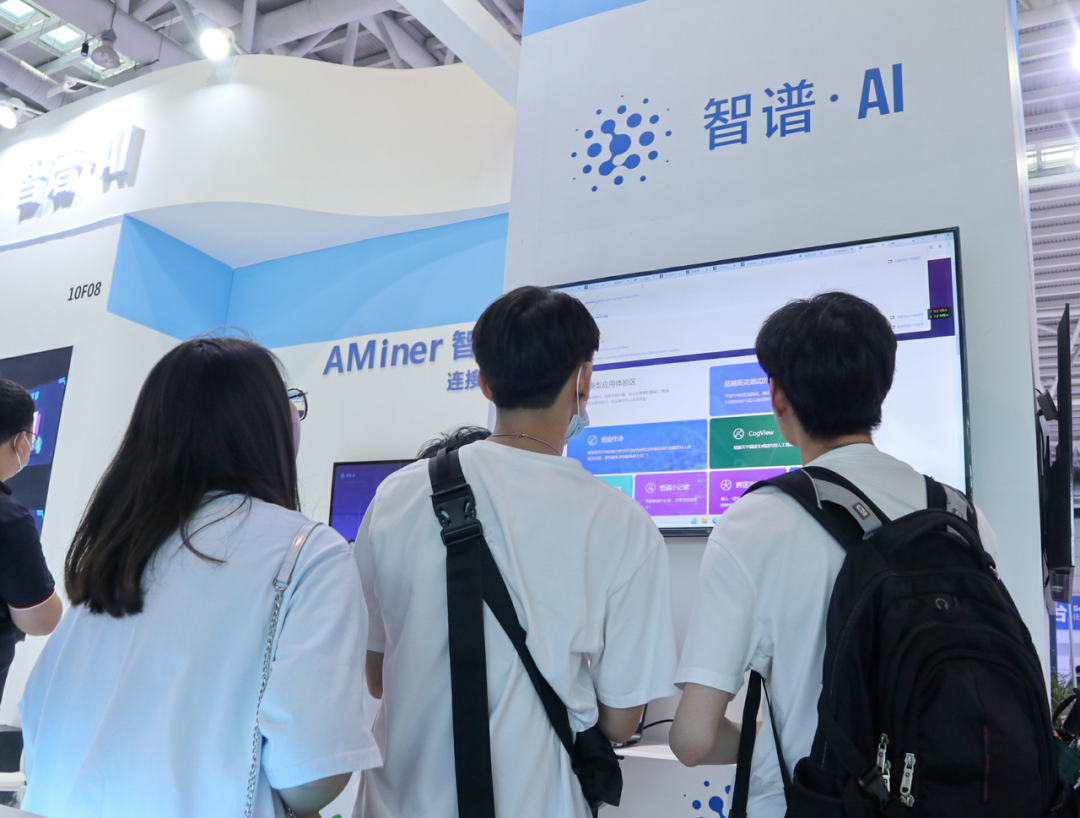REDMOND, Wash. — Microsoft is preparing to go deeper into “human-to-human-to-AI collaboration,” one of the company’s top AI executives said this week — signaling plans for a broader rollout of features to let people work with each other and AI at the same time.
“So far, AI-based work has been kind of a solo sport, and this fall it will clearly become a team sport, where you’ll be working together with other people and AI,” said Jared Spataro, Microsoft’s chief marketing officer for AI at Work, during a conference Tuesday at the company’s headquarters.
Microsoft introduced Copilot Pages last year as a persistent canvas for “multiplayer AI collaboration” in Microsoft 365. Spataro’s comments indicate that the company is preparing to expand on that vision. He noted that partners such as OpenAI will also play a role.
The company is facing a strong field of competitors, with others such as Google, Slack, Zoom, and AI startups similarly rolling out chatbots and agents for teams to use collaboratively.
Spataro said these kinds of features could create a new degree of viral adoption for Copilot, the company’s AI productivity platform, similar to how Microsoft Teams grew quickly during the pandemic when people began sending each other meeting invites.
His comments were part of a session about trends in AI for business Tuesday at the Microsoft Alumni Network Connect 2025 conference. The discussion with Spataro was led by Bill Kirst, an AI ambassador and change manager for Adobe Technology Services.
More takeaways from Spataro’s remarks:
AI is increasingly blurring the lines between different kinds of jobs.
With AI agents lowering what Spataro called “the marginal cost of expertise” to zero, people will increasingly be able to handle tasks across roles that were previously considered specialties.
He pointed to the “full-stack developer” as a model. In the past, building software often required separate specialists for design, front-end, and back-end work.
Spataro noted that LinkedIn, the Microsoft-owned social network, is already seeing this shift, with some designers writing as much code as developers thanks to AI tools.
Up to this point, he observed, the modern economy has put people into narrow roles that limit their broader impact. AI could free individuals to contribute more widely, reversing a trend dating back to the division of labor described by Adam Smith, the 18th-century economist often called the father of modern economics.
“I think that’s pretty darn cool,” Spataro said. “From our perspective, that would be the unleashing of human ingenuity that somewhat has been locked up because the economy has become uber-specialized.”
AI is changing how companies think about career development.
Spataro noted that experienced professionals tend to get more out of tools like Copilot because they can better judge the quality of AI outputs. Recognizing this, he said, some companies are revisiting apprenticeship programs — pairing experienced employees with newer workers to help them build the judgment and skills to work effectively with AI tools.
AI’s value can be hard to quantify at the individual level.
Spataro recalled thinking early on that Microsoft 365 Copilot would be a no-brainer at $30 per user per month, but he later realized that, while people see plenty of “aha” moments, the cost can be much tougher to justify based on personal productivity alone.
“I thought, holy smokes, this thing, who’s not going to want to pay $30 a month for this?” he said. “Boy, did I learn a lesson.”
He said the real ROI emerges at the organizational level, where companies can measure process improvements and cost savings — in some cases reducing operating expenses by hundreds of millions of dollars.
AI is starting to rival professional work quality.
Spataro described how his own team recently turned to Copilot, powered by GPT-5, when they were struggling to frame ideas for a research project with Harvard. Instead of handling routine tasks, the AI acted as a true thought partner — combining concepts, generating polished prose, and helping resolve disagreements over language.
“For the first time, we felt like we could have gone out to an agency and we wouldn’t have gotten better,” he said. “So that was one that was very inspiring to us. It wasn’t that it was replacing us or the writers or some of the research leads on my team, but it was definitely making us better.”
Microsoft sees a new kind of organization emerging in the AI era.
Spataro described these “frontier firms” as human-led, agent-operated — with people setting direction while AI agents carry out much of the work. He outlined three patterns Microsoft is watching closely: humans working with an assistant, humans teaming with agents, and processes where agents manage other agents.
“Humans still play, we think, an incredibly important role, but they do the leading, and then, as much as possible, agents are operating a lot of what happens,” he said.
The pandemic set the stage for today’s AI boom.
Spataro said the sudden shift to remote and hybrid work forced companies to digitize communication and collaboration, creating the data and habits that AI systems now build upon. “We don’t believe that we could have the world of AI that we have today without the pandemic that we had yesterday,” he said.
GeekWire is a media partner of the Microsoft Alumni Network Connect 2025 conference.








